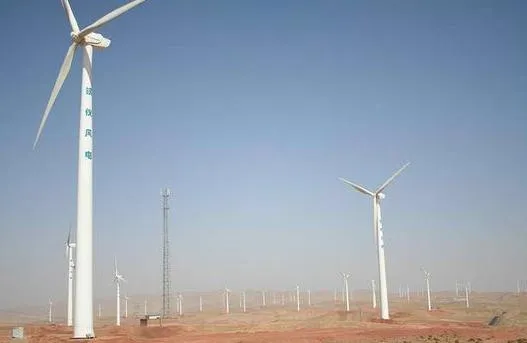
China and USA partner to cut carbon emissions
The world’s two biggest rivals in renewable energy decide to cooperate for the good of both countries.
China and the United States signed four agreements during the recent 3rd China-US Energy Efficiency Forum involving energy efficiency cooperation and reducing carbon emissions despite ongoing trade disputes over RE products.
In one agreement, the China National Energy Conservation Center agreed with the city government of San Francisco to work on energy efficiency policy research and high-technology product commercialization, among other projects. San Francisco derives over 40% of its electricity from renewable energy and plans to get all of its energy from renewables within 10 years.
Honeywell International, Inc. and the Pacific Northwest National Laboratory also signed agreements with China Environment Science Press and the Ministry of Housing and Urban-Rural Development to cooperate in energy-efficient buildings and rural energy conservation.
"China and the US are complementary in many ways, including technology research and development," said Xie Zhenhua, vice-chairman of the National Development and Reform Commission.
The US has been a beneficiary of Chinese investment in US energy technology. The most recent investment came from Wanxiang USA Holdings Corporation that invested US$420 million in GreatPoint Energy, a Massachusetts coal-to-gas plant.
Chinese investment in US clean technology is estimated to have exceeded US$6 billion since 2006. China plans to spend US$27 billion this year to promote energy conservation, emission reductions and renewable energy.
China’s Ministry of Finance is promoting energy-saving products, solar and wind power, and is accelerating the development of RE and hybrid cars. China aims to cut its greenhouse gas emissions by 40% to 45% by 2020 compared to 2003 levels.








![Cross Domain [Manu + SBR + ABF + ABR + FMCG + HBR + ]](https://cmg-qa.s3.ap-southeast-1.amazonaws.com/s3fs-public/styles/exclusive_featured_article/public/2025-01/earth-3537401_1920_4.jpg.webp?itok=WaRpTJwE)
![Cross Domain [SBR + ABR]](https://cmg-qa.s3.ap-southeast-1.amazonaws.com/s3fs-public/styles/exclusive_featured_article/public/2025-01/pexels-jahoo-867092-2_1.jpg.webp?itok=o7MUL1oO)









 Advertise
Advertise


